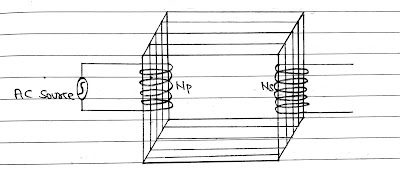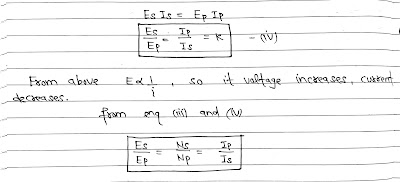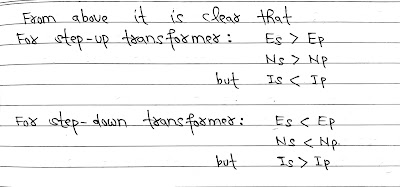Chapter-7|Alternating Current |NCERT 12th Physics:
Transformer:
It is a device which is used to increase or decrease the alternating voltage.
The Transformer are two types
(I) Step-Up transformer – Increase voltage
(II) Step-down transformer – Decrease voltage
Construction: It consists of large number of laminated soft iron cores. There are two types of winding one is called primary winding and other is secondary. Primary coil is kept input coil and secondary coil is output coil.
Principle: Transformer is based upon the principle of mutual induction.
Working and Theory: When AC is given to primary coil, current in primary coil changes due to which flux linked with the coil changes and due to change in flux and induced EMF will produce in primary coil.
Due to mutual induction the same flux will be linked to the secondary coil and hence due to change in flux the EMF is induced in secondary coil.
If the transformer is assumed to be 100% efficient(no energy loss), the power input is equal to power output, then from relation P=VI.




